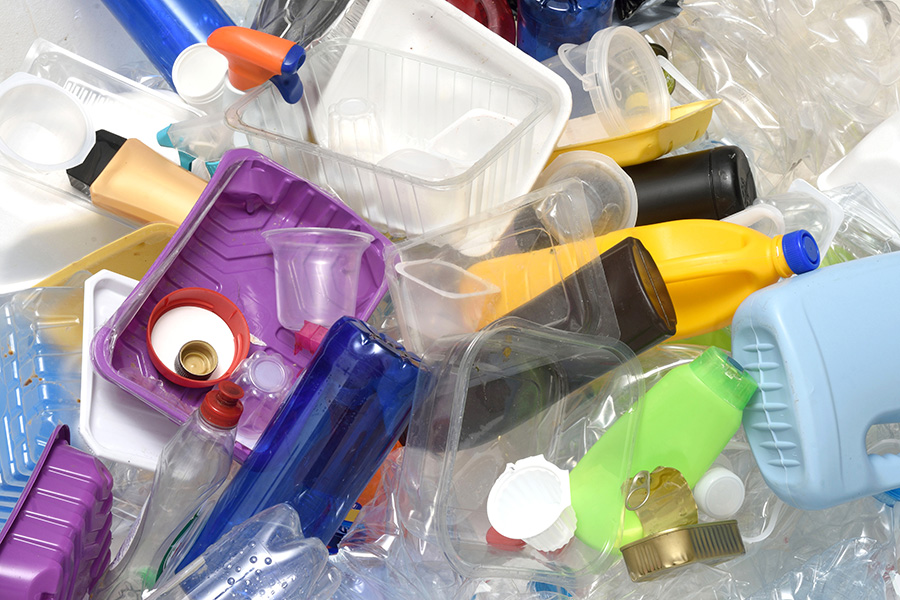
Balancing power with capital: Sustainable finance in Canada’s circular plastics economy
Life is wrapped in plastics. Their global production has experienced a ten-fold increase in the last 50 years—unmatched by any industrial material. Since the 1950s, Canada’s linear plastics economy has thrived. Albeit with inefficient resource use and adverse environmental impacts on land, water and air. Our nine per cent plastics recycling rate speaks volumes. Change is due.
A circular plastics economy that harnesses natural resources efficiently, while capturing the full value of plastics through reuse and recycling, with minimal waste and environmental impacts, is the new standard. This circular transition faces formidable challenges. The scale of investments in post-consumer infrastructure, technology and recycling capacity, will cost billions. Public coffers are running extraordinary deficits resulting from COVID-19 impacts. Private capital will be instrumental.
There are new strings attached to capital. Access to credit is increasingly determined by the disclosure and management of environmental, social and governance (ESG) issues by companies—particularly, publicly traded firms. This is the essence of sustainable finance. But data shows that it is far from normative.
According to Fitch Ratings, while 67 per cent of banks screen their loan portfolios for ESG risks, credit is rarely withheld based on these factors alone. Based on data from the Climate Bonds Initiative, green bonds achieved an unprecedented issuance of nearly US$260 billion in 2019. However, the cumulative issuance of green bonds since their inception in 2007, is only 0.6 per cent of the global bond market. Sustainable finance needs scale.
Transition bonds can scale the sustainable finance market, given the step-change in the number of projects that will become eligible for credit, using a spectrum of ‘green’ to ‘brown’ environmental credentials. However, transition bonds are in the emergent phase and there is much controversy and little consensus regarding eligibility criteria.
Ninety-nine per cent of plastic resins are produced from fossil fuels. Petrochemical plastic resin producers are excluded from green bonds by leading certifiers, due to their significant carbon footprint. These certifiers have yet to stipulate conditions (e.g. recycled resin requirements, carbon emissions intensities, etc.) that would render plastic resin producers eligible for transition bonds. These criteria present an opportunity to develop new risk and value paradigms that strengthen investment prospects for a circular plastics economy in general, and the plastics recycling industry, specifically.
Canada’s plastics recycling industry is currently unfit for a circular economy. This becomes evident when plastic recyclers and resin producers are compared. The plastics recycling industry is dominated by small and medium-sized enterprises with little to no access to capital markets. According to a report commissioned by Environment and Climate Change Canada (ECCC), the industry had revenues of $350 million in 2016. Investment has also been in short supply.
Resin producers in Canada are dominated by large, international, publicly traded firms. The revenues of resin producers exceeded $10 billion in 2017—about 30 times more than the recycling industry. In recent years, investment has boomed. Given that both industries compete to supply resins to manufacturers of plastics products, the recycling industry is not in a fair fight.
These industries can be more than adversaries. Resin producers are the anchor customer (in the case of back-to-monomer, chemical recycling) and, potentially, a major source of private investment capital for the plastic recycling industry. If done well, transition bonds can forge a complementary relationship between both industries and advance Canada’s economic posture, while making meaningful progress on environmental goals. The actions of private investors in the arena of transition bonds will be key. However, governments must play their part.
Resin producers receive billions in petrochemical investment incentives from governments in Canada, The United States, and beyond. The U.S. is notable as 71 per cent of Canada’s plastic resin demand is satisfied through imports – 80 per cent of these imports originate from our southern neighbours. Currently, these incentives incorporate ESG and circular economy issues to a limited degree, if at all. There is a disconnect between the substantive investment incentives for petrochemical resin producers and the lack thereof in the plastics recycling industry.
But there is cause for optimism. Canada’s Ocean Plastics Charter has a target of at least 50 per cent recycled content in plastic products, where applicable, by 2030. Canadian firms are developing innovative recycling technologies with global reach. Resin producers are working towards better environmental performance. Circular business models are going mainstream and private capital is taking notice. Transition bonds can make the difference between aspiration and achievement. They can balance power and forge new ties in the circular plastics economy we seek.





Comments